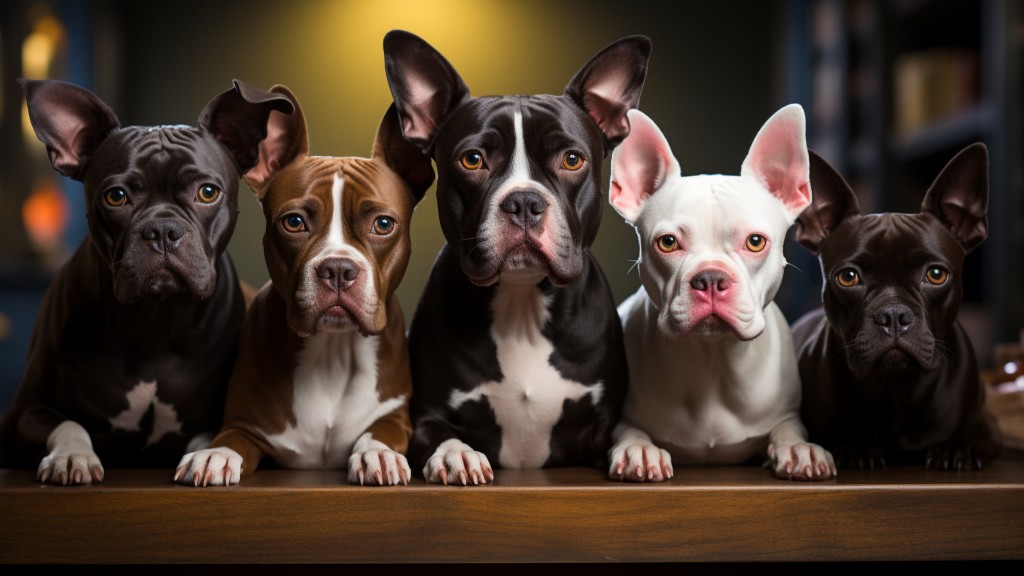Everything You Need to Know Before Owning a Pitbull – Pitbulls are among the most polarizing dog breeds, often misunderstood due to stereotypes perpetuated by media and misinformation. Yet those who know them best describe Pitbulls as loyal, affectionate, and endlessly devoted companions.
These dogs have earned nicknames like “nanny dogs” for their gentle demeanor with children and their ability to form deep bonds with their families. However, owning a Pitbull is not a decision to take lightly—it requires commitment, education, and an understanding of the breed’s unique needs.
Responsible ownership can transform these dogs into model pets, but neglecting their requirements can lead to challenges that reinforce negative perceptions.
If you’re considering bringing a Pitbull into your life, it’s essential to go in informed and prepared. Let’s explore everything you need to know about this remarkable breed.
Table of Contents
History and Types
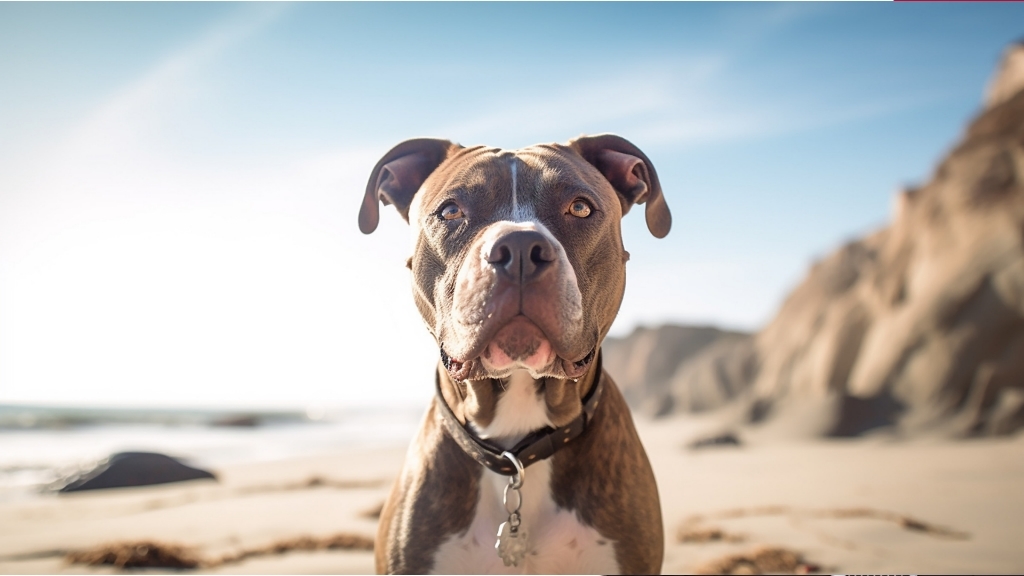
The term “Pitbull” doesn’t refer to a single breed but rather encompasses several types, including the American Pit Bull Terrier (APBT), American Staffordshire Terrier (AmStaff), and Staffordshire Bull Terrier.
Each has its own distinct history, though they share common ancestry rooted in England’s bull-and-terrier crosses, originally bred for farm work and later misused in blood sports like bull-baiting.
Thankfully, those dark days are long behind us, and modern Pitbulls have been reimagined as working dogs, therapy animals, and beloved family pets.
Despite their tarnished reputation, Pitbulls were once celebrated as all-American icons. During World War I, an APBT named Sergeant Stubby became a war hero, and advertisements from the early 20th century featured Pitbulls as symbols of loyalty and bravery. Understanding this rich heritage helps dispel myths and highlights why Pitbulls deserve respect and compassion.
Also Read: Top 9 Fun-Loving Dog Breeds for Playful Owners
Temperament
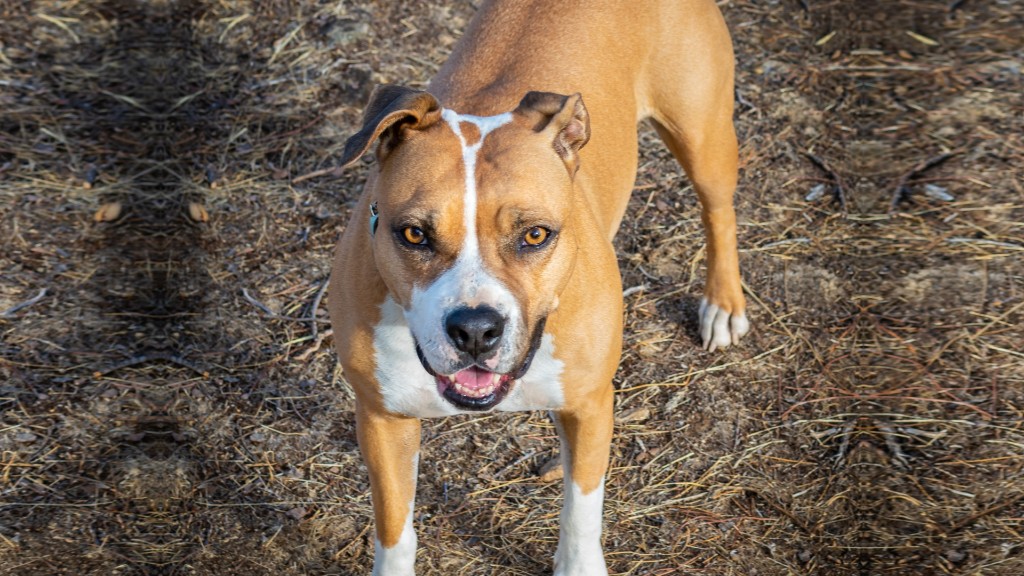
Contrary to popular belief, Pitbulls are not inherently aggressive—they are intelligent, eager-to-please dogs with a strong desire to bond with their humans. Their temperament largely depends on upbringing, training, and socialization.
Known for their zest for life, Pitbulls thrive when given clear leadership and consistent routines. They’re famously people-oriented, often craving physical closeness and affection. Many owners rave about their goofy antics and cuddly nature, making them wonderful additions to active households.
However, Pitbulls do possess a high prey drive and a natural tenacity, which means proper training is crucial to ensure they interact safely with other animals and strangers. With patience and positive reinforcement, they can excel in obedience, agility, and even therapy work.
Physical Traits
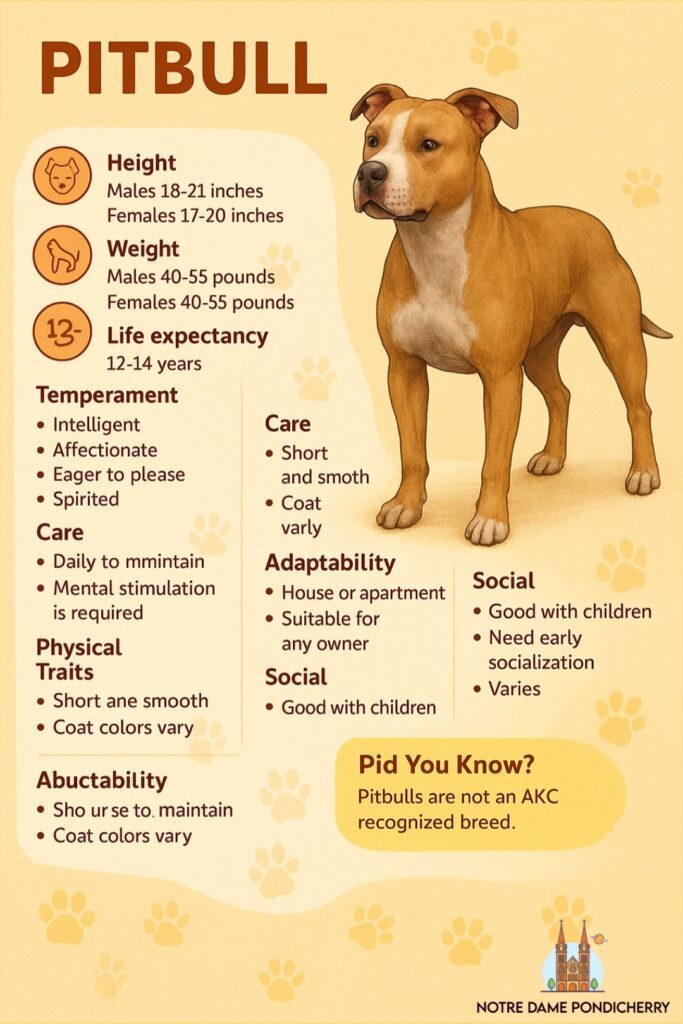
Pitbulls are medium-sized dogs with muscular builds, broad heads, and short, glossy coats that come in a variety of colors. Their athleticism makes them excellent running partners or playmates, capable of impressive feats of strength and endurance.
While their appearance may seem intimidating to some, anyone familiar with the breed knows their wagging tails and soulful eyes reveal their true gentle spirit.
Regular grooming is minimal thanks to their short coats, but their powerful jaws mean investing in durable toys is a must. Additionally, their sensitivity to extreme temperatures requires precautions during hot summers and cold winters.
Exercise Needs
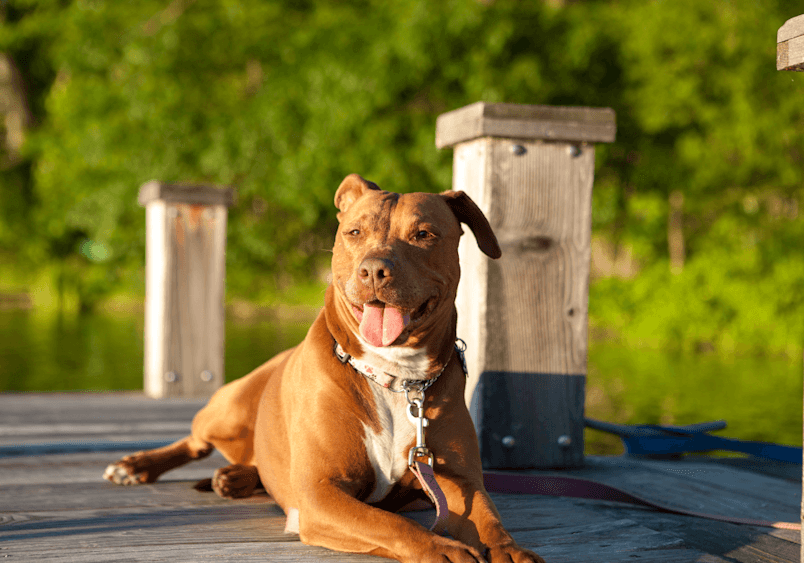
Pitbulls are bundles of energy and require ample exercise to stay happy and healthy. Daily walks, runs, or play sessions are essential to prevent boredom, which can lead to destructive behaviors like chewing or digging. Mental stimulation is equally important—interactive puzzles, scent games, and advanced training keep their sharp minds engaged.
A tired Pitbull is a well-behaved Pitbull, so providing outlets for their energy ensures they remain calm and content at home. Without sufficient activity, their boundless enthusiasm can manifest as restlessness or over-excitement.
Socialization and Training Requirements
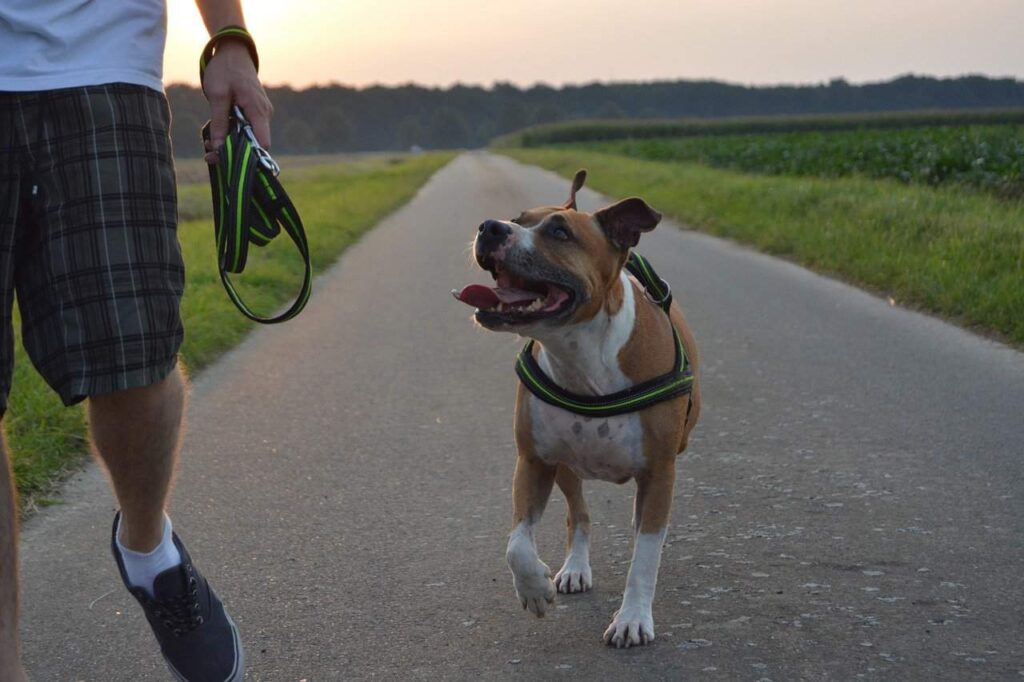
Early and ongoing socialization is critical for Pitbulls. Exposing them to diverse environments, people, and animals teaches them how to navigate the world confidently and calmly. Positive reinforcement methods work wonders with this intelligent breed, fostering trust and cooperation.
Training should focus on basic commands, leash manners, and impulse control. Pitbulls respond poorly to harsh discipline; instead, reward-based techniques encourage desirable behavior while strengthening the human-dog bond. First-time owners may benefit from working with a professional trainer experienced with bully breeds.
Compatibility with Families and Other Pets
When raised in a loving, structured environment, Pitbulls make exceptional family dogs. Their playful and protective nature endears them to children, earning them the nickname “nanny dogs.” That said, supervision is always recommended around young kids to prevent accidental injuries caused by exuberant play.
Introducing a Pitbull to other pets requires careful planning. While many coexist peacefully with cats or smaller dogs, their prey drive and territorial instincts necessitate gradual introductions and ongoing monitoring. Adopting a Pitbull from a shelter that conducts temperament tests can help assess compatibility with existing pets.
Health Considerations
Like all breeds, Pitbulls are prone to certain health issues, such as hip dysplasia, allergies, and heart conditions. Regular vet check-ups, a balanced diet, and maintaining a healthy weight contribute to their longevity.
Due to their brachycephalic tendencies, some Pitbulls may struggle with overheating or respiratory problems, emphasizing the importance of avoiding strenuous exercise in extreme heat.
Spaying or neutering not only prevents unwanted litters but also reduces the risk of certain cancers and behavioral issues. Responsible breeding practices are vital to minimize genetic predispositions to illness.
Legal and Housing Restrictions

Unfortunately, Pitbulls face breed-specific legislation (BSL) in many areas, banning or restricting ownership based solely on breed type. Prospective owners must research local laws and housing regulations before adopting.
Some landlords impose strict no-Pitbull policies, so securing pet-friendly accommodations may require extra effort.
Advocacy groups continue to fight BSL, promoting fair treatment based on individual behavior rather than breed stereotypes. Supporting these efforts can help create a more inclusive future for Pitbull lovers everywhere.
Also Read: 7 Small Watchdog Breeds for Big Home Security
Common Misconceptions
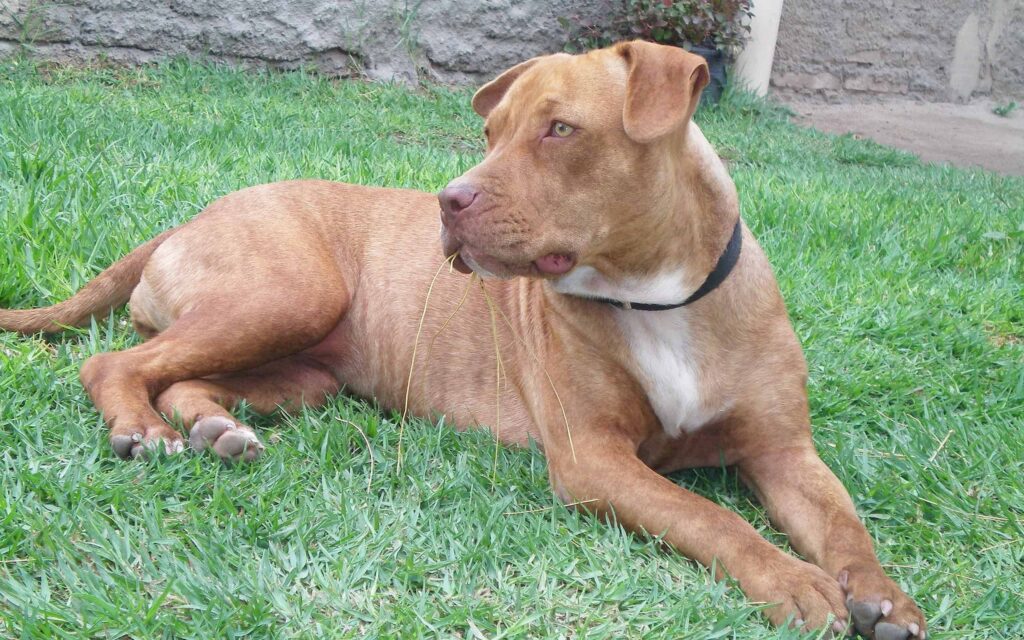
One of the biggest myths is that Pitbulls are naturally aggressive. In reality, aggression stems from poor breeding, lack of socialization, or irresponsible ownership—not inherent traits.
Another misconception is that they have locking jaws; scientifically, their jaw structure is no different from other breeds. Education plays a pivotal role in combating these falsehoods and promoting responsible ownership.
Conclusion
Owning a Pitbull is both a privilege and a responsibility. These loyal, spirited dogs thrive in homes where they receive abundant love, structure, and mental/physical stimulation. By choosing to adopt a Pitbull, you’re committing to providing the care and advocacy they need to overcome societal stigma.
For the right owner, a Pitbull isn’t just a pet—they’re a lifelong companion whose capacity for love knows no bounds. So if you’re ready to welcome one into your life, do so with open arms, a willingness to learn, and a dedication to being the advocate they deserve. Together, we can rewrite the narrative and celebrate Pitbulls for the incredible dogs they truly are.

